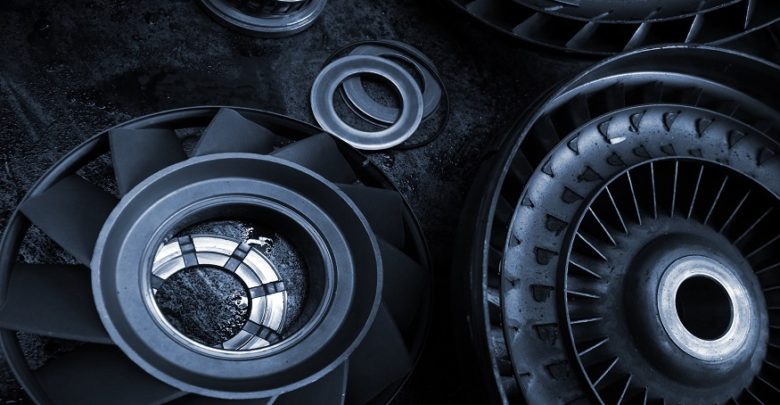THESE ARE 3 COMMON SIGNS YOU ARE HAVING TORQUE CONVERTER PROBLEMS IN YOUR HEAVY EQUIPMENT

It is essential you have an insight into how the internal work of the torque converter. This way, it will be easier to understand the torque converter problems associated with automatic transmission.
A torque converter enables quicker gear shifts while using lesser horsepower by eliminating the lag between fall-off in power and the optimal rpm till the next gear is engaged fully. The vehicle will accelerate better with a higher stall torque converter since it takes off at where it makes maximal power, the rpm range. Stall speed that is too high causes constant slip of the converter, which in turn causes wear and tear through friction. Also, it is a waste of engine performance. When the gears in the transmission started slipping, it starts to feel like driving in an ice rink. This problem can also be identified if, after revving up, there is little or no traction.
Read more: Why Flutter App Development is gaining so much Attention?
Another variant to performance is how camshafts affect the torque curve. If an engine with a camshaft produces 230 pounds per foot produces rpm stall speed of 2,000, but only if a stall speed converter of 2000 is used. The same engine produces lesser torque if it has a long-standing cam. This lowers the required stall speed. Therefore, a cammed engine stalls at 1,800 rpm when it uses a stall speed converter of 2,000. Thus, using a higher duration cam enables the engine to create power well above 3,000 rpm.
Technically, if you are going to increase the camshaft duration, it is advisable to raise the stall speed rating on the converter to compensate for the high-end power addition and the low-end power loss. A lot of suppliers who specialize in out- of- the- box converters tend to use 250-270 degrees cam durations as the minimum cutoff for the stall speed increases to 600 rpm. If the clutch solenoid is broken or faulty, it may be the reason for a broken torque converter. By not correctly functioning, it will lead to uneven distribution of fluid.
The general rule of the thumb dictates that as stall speed increases, the low-end performance lowers, and the car will idle more poorly. Aside from camshaft changes, there are other modifications that you can affect on the engine. For example, consider adding engine compression or change the intake manifold. Consider simple changes such as altering exhaust headers. The primary purposes of these changes are to intensify engine torque and horsepower. These changes will have an effect on the engine’s stall speed as well.
Read more: What to do when your new Refrigerator stops working?
Another of the torque converter problems is when at low speeds, the car shudders. Even when driving on a flat surface, it will feel like driving over little humps continuously. If it feels like the transmission surges or lags when driving on consistent speeds, you should start making plans of having the torque converter replaced soon. It is extremely dangerous to drive a car that has a troublesome torque converter. Also, debris is likely to get onto other car parts and cause them to break down too.
If you notice that acceleration is delayed or the car is unable to reverse, it may be due to a malfunctioning torque converter. This is because the pressure produced is not enough to be able to control the transmission fluid flow. Too little or too much transmission fluid will affect how the gears operate. Make a point of checking the fluid regularly. Dirty transmission fluid is an indication of a defective torque converter.
Driving around with a torque converter that is out of order will turn out very expensive in the long-run. For instance, should your car break down on a highway, you will be paying for tow truck services on top of the expenses of fixing the vehicle.




